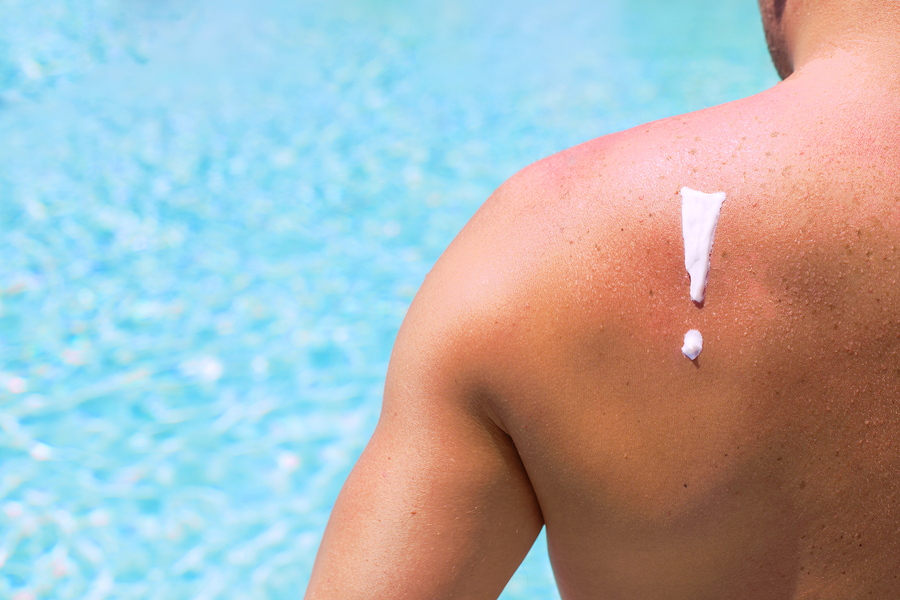
So many sunscreen products that offer so many promises - how is a person to choose?
Next is to consider the method of protection. Two different formulas dominate the market: physical, which reflects the beams away, and chemical, which soaks up the rays before they hit the skin. Johnston says physical sunscreens, such as those containing titanium oxide and zinc oxide in the ingredients, and appear white on the skin. Chemical sunscreens, that typically include avobenzone and oxybenzone, dry to a more subtle finish. The choice is personal preference.
Remember there is no such thing as water proof or sweat proof. Be sure to reapply immediately after swimming and if you’ll be in the water for longer than an hour wear protective clothing.
Go for lotion, not spray to avoid spotty application and missing spots. Since half of the sunscreen may blow away, and you’re going to be using a lot, lotion may be much more economical. Also, sunscreen, even spray-on, needs to be rubbed in in order to work.
Don’t bother with the “sensitive skin” varieties. Johnston says it’s all a marketing ploy, and what typically irritates people’s skin is the fragrances or dyes found in the product. Sunscreen marketed for children is basically the same as all other sunscreen. Johnston says, “Unless your child needs to smell like a banana to be convinced to wear sunscreen, there’s no need to pay more for them.”
Finally, more expensive does not mean more effective. The study found that the pricier products were no more effective than large-scale economy finds. Most of what makes a sunscreen expensive is irrelevant ingredients that make little difference in effectiveness. If it’s too expensive to use liberally it won’t be worth the money.

Leave a Reply